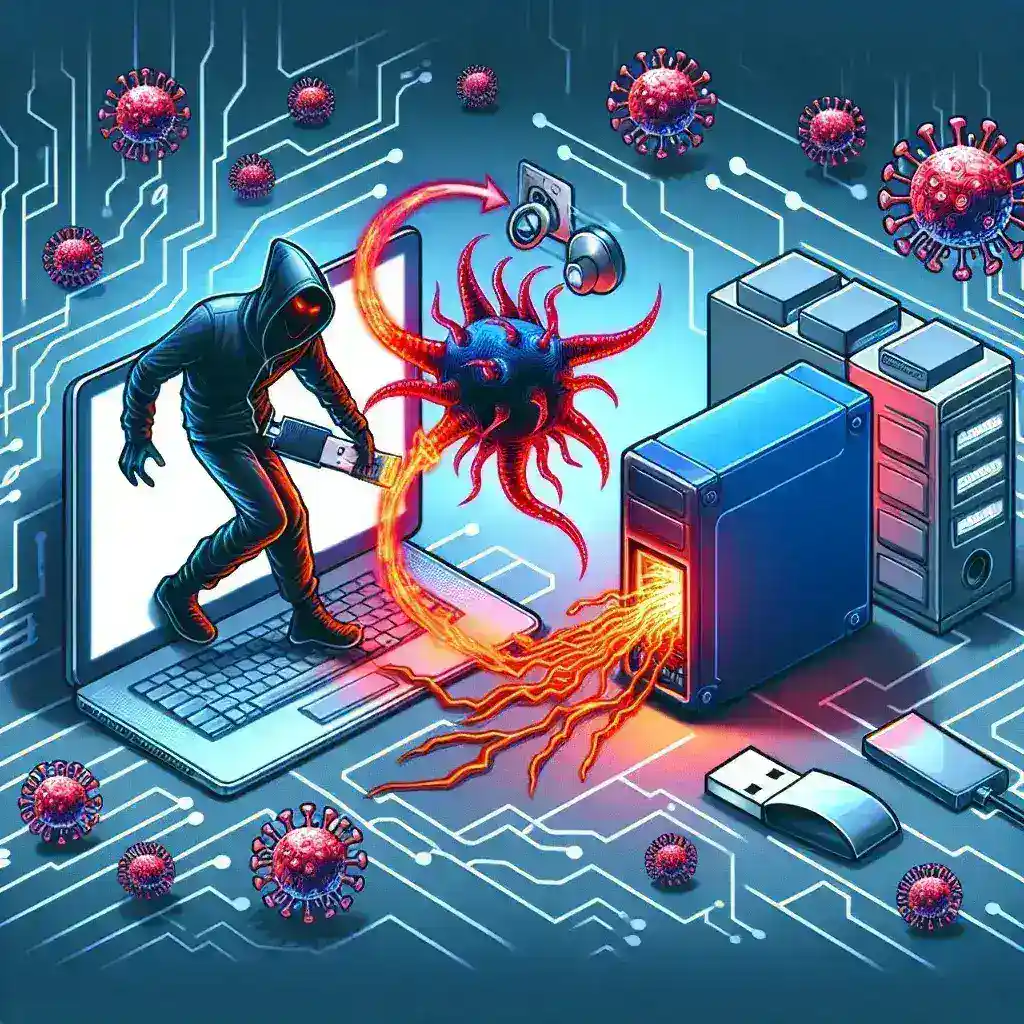In the fast-paced world of Twitter, where information travels at lightning speed, navigating the intricacies of copyright and privacy can be a daunting task. This article acts as your legal compass, providing a clear understanding of your rights and responsibilities on the platform. By exploring potential pitfalls and offering practical guidance, we help you navigate the complex legal landscape of Twitter with confidence.
Copyright Laws and Twitter
Twitter, as a dynamic platform for content sharing, operates within the framework of copyright laws. These laws govern the use of creative works and protect the rights of content creators. On Twitter, copyright infringement is a concern when users share images, videos, or text that belong to someone else without proper authorization. This can lead to legal consequences for users who violate these copyright laws.
Understanding the intricacies of copyright on Twitter is crucial. The platform provides a space for users to express themselves through various media, but it’s essential to respect the intellectual property of others. Whether it’s retweeting a tweet with copyrighted content or sharing original creations, users need to be mindful of copyright laws to avoid legal complications.
Twitter has implemented policies to address copyright issues promptly. This includes mechanisms for copyright holders to report violations, leading to the removal of infringing content. As users navigate the platform, they must be aware of these policies to ensure that their engagement with content aligns with legal standards. In essence, Twitter users should view copyright compliance not just as a legal requirement but as a fundamental aspect of respecting fellow creators within the digital community.
Fair Use Doctrine on Twitter
The fair use doctrine is a legal principle that allows for the limited use of copyrighted material without the need for permission from the copyright owner. On Twitter, this doctrine comes into play when users share copyrighted content for purposes such as commentary, criticism, news reporting, teaching, scholarship, or research. It provides a framework for balancing the rights of copyright holders with the interests of free expression and innovation.
Examples of Fair Use on Twitter
Fair use on Twitter can take various forms, such as quoting excerpts from articles or books to provide context for discussion, sharing snippets of copyrighted music or videos for review or analysis, or using copyrighted images as part of memes or parodies. However, it’s essential to note that fair use is a nuanced concept, and its application depends on factors such as the purpose and character of the use, the nature of the copyrighted work, the amount and substantiality of the portion used, and the effect of the use on the potential market for the copyrighted work. As such, each case must be assessed on its own merits to determine whether it falls within the bounds of fair use.
Protecting Your Content on Twitter
To safeguard your content on Twitter, consider implementing the following strategies:
- Watermarking: Add a visible watermark to your images or videos before sharing them on Twitter. This helps establish ownership and discourages unauthorized use by others.
- Creative Commons Licensing: Consider licensing your content under Creative Commons, which allows you to specify the permissions for others to use your work. This can range from full copyright protection to more permissive licenses that allow for certain types of use, such as non-commercial or derivative works.
- Monitoring Tools: Use reverse image search tools or social media monitoring services to track instances of your content being used without permission. This allows you to identify potential copyright infringements and take appropriate action.
- Private Accounts: If you’re concerned about unauthorized use of your content, consider making your Twitter account private. This restricts access to your tweets and media to approved followers only, reducing the risk of content theft.
- Report Violations: Take advantage of Twitter’s reporting mechanisms to report instances of copyright infringement. Twitter allows copyright holders to submit takedown requests for infringing content, which can result in the removal of the offending material.
By proactively employing these strategies, you can better protect your content on Twitter and mitigate the risk of unauthorized use or exploitation by others.
Protecting Your Content on Twitter
To safeguard your content on Twitter, consider implementing the following strategies:
| Strategy | Description | Benefits |
| Watermarking | Add a visible watermark to your images or videos before sharing them on Twitter. | Establish ownership and deter theft. |
| Creative Commons Licensing | License your content under Creative Commons, specifying permissions for use. | Enable controlled sharing and reuse. |
| Monitoring Tools | Use reverse image search tools or social media monitoring services to track content usage. | Identify unauthorized use and infringement. |
| Private Accounts | Make your Twitter account private to limit access to approved followers. | Control who can view and interact with your content. |
| Report Violations | Utilize Twitter’s reporting mechanisms to submit takedown requests for infringing content. | Remove unauthorized use of your content. |
Privacy is a significant concern in the digital age, and Twitter is no exception. Here are some considerations to protect your privacy on the platform:
- Data Collection and Privacy Policies: Twitter collects user data for targeted advertising and personalization. Familiarize yourself with Twitter’s privacy policies to understand how your data is used.
- Adjusting Privacy Settings: Take control of your privacy settings on Twitter. Limit who can see your tweets, control who can tag you in photos, and manage who can send you direct messages.
- Limiting Personal Information: Be cautious about sharing sensitive personal information on Twitter. Avoid disclosing details such as your home address or phone number, as this information could be misused.
- Third-Party Applications: Review and revoke access to third-party applications connected to your Twitter account. These applications may have access to your data and could pose privacy risks.
- Secure Password Practices: Ensure your Twitter account is protected by a strong and unique password. Enable two-factor authentication for an additional layer of security.
By being mindful of these privacy considerations and implementing the suggested measures, you can enhance your personal security and enjoy a more secure experience on Twitter.
Legal Implications of Tweeting
Tweeting can have significant legal implications, particularly concerning defamation and libel.
Defamation Risks
Tweeting false or defamatory statements about individuals or organizations can lead to legal consequences. Defamation occurs when someone makes a false statement that harms the reputation of another person or entity. On Twitter, where information spreads rapidly and reaches a wide audience, defamatory tweets can cause serious damage to a person’s reputation or business.
Libel Risks
Libel refers specifically to written defamation, including statements made on social media platforms like Twitter. Tweets that contain false and damaging information about someone’s character, integrity, or professional standing can be considered libelous. Even deleting a defamatory tweet does not necessarily eliminate the risk of legal action, as screenshots and retweets can perpetuate the harmful content.
Understanding these risks is essential for Twitter users to avoid legal entanglements and uphold ethical standards in their online interactions.
Twitter’s Terms of Service
Twitter’s terms of service serve as the governing rules and guidelines for users on the platform. Understanding and adhering to these terms is crucial for a positive and lawful Twitter experience.
Key Aspects of Twitter’s Terms of Service:
- Prohibitions on Harassment: Twitter strictly prohibits harassment, including threats, doxxing, and other forms of online abuse. Users must refrain from engaging in behavior that targets individuals or groups.
- Hate Speech Policies: Twitter has clear policies against hate speech. Users are not allowed to promote violence or threaten others based on factors like race, ethnicity, religion, gender, or sexual orientation.
- Abusive Behavior: The terms of service outline consequences for abusive behavior. This includes actions such as creating multiple accounts to harass others, using bots for malicious purposes, or engaging in spammy behavior.
Compliance with Twitter’s Rules:
- User Responsibilities: Users are responsible for understanding and complying with Twitter’s rules. Ignorance of the rules does not exempt users from potential penalties for violations.
- Reporting Mechanisms: Twitter provides reporting mechanisms for users to report violations of the terms of service. This empowers the community to contribute to a safer and more respectful online environment.
- Appeals Process: In cases of account suspension or content removal, Twitter offers an appeals process. Users can appeal decisions and seek resolution if they believe their account was unfairly penalized.
Enforcement and Consequences:
- Warning and Education: In some cases, Twitter may issue warnings and educational prompts to users violating the terms. This aims to inform users about the specific rule they’ve breached.
- Temporary Suspension: For more severe violations, Twitter may impose temporary suspensions. During this period, the user is restricted from posting or engaging on the platform.
- Permanent Suspension: Persistent or egregious violations can lead to permanent suspension. This is a significant measure to ensure the safety and integrity of the Twitter community.
Understanding and respecting Twitter’s terms of service is essential for maintaining a positive and lawful presence on the platform. Users should regularly review these terms to stay informed about their rights and responsibilities.




